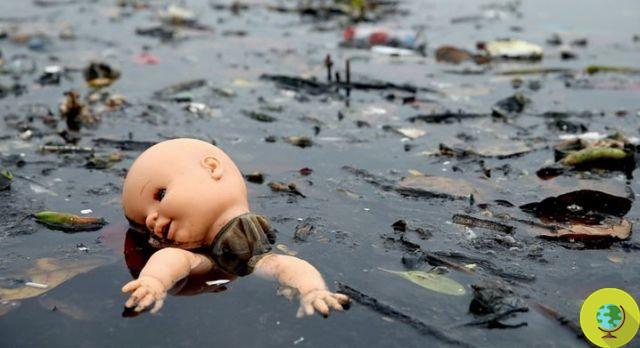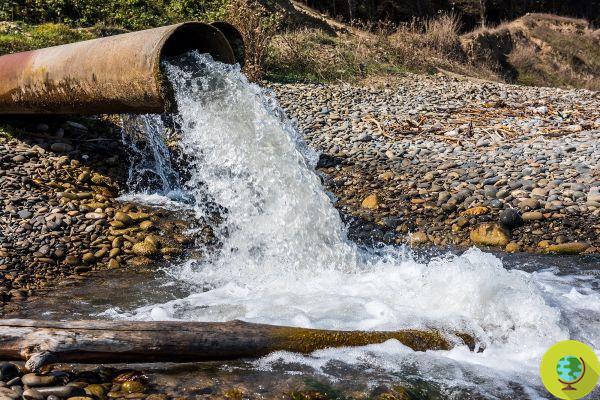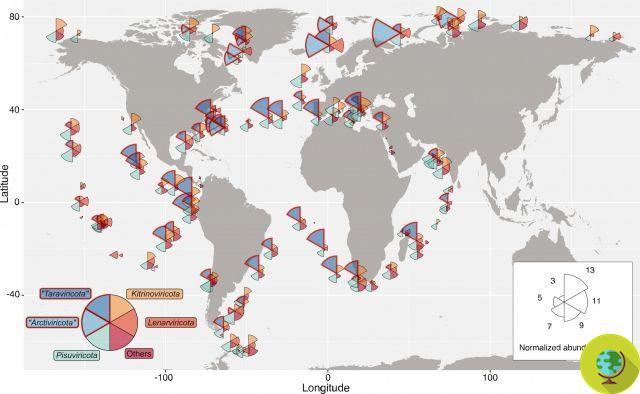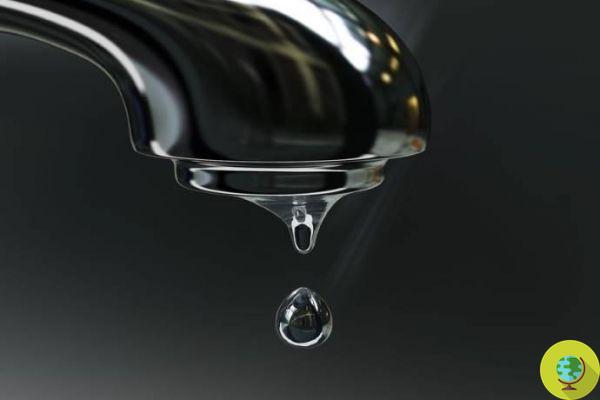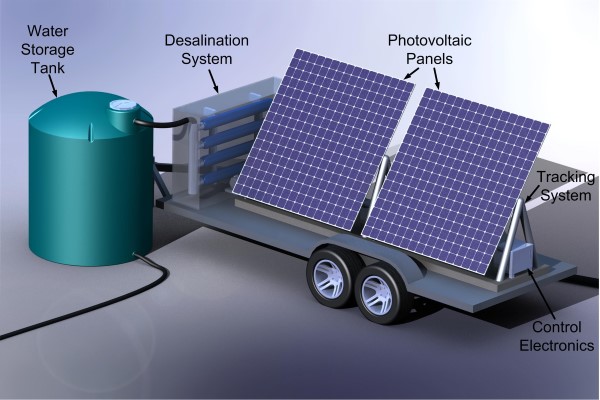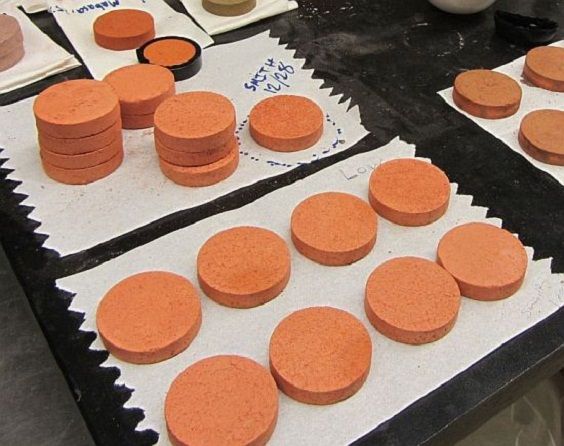
The EPA has published a draft toxicity analysis for two PFAS whose safety limits in drinking water should be greatly revised
He is about to end up run over, his mother saves himPerfluoroalkyl substances (PFAS) are found in many objects of common use but in some areas, what is even more serious, they heavily contaminate the aquifers (you will surely remember the situation in Veneto). But is there a safe level of exposure to Pfas? The United States Environmental Protection Agency (EPA) intervened on the matter.
The EPA released a draft toxicity analysis for two individual PFASs (PFOS and PFOA,) this week that dramatically reduces what was previously considered a "safe level" of exposure to these chemicals in drinking water. Consider that PFAS have been found in many potable water and surface water reserves in Michigan and across the country, so the problem is particularly acute in the United States.
According to the analyzes, PFOS and PFOA can cause health problems at much lower levels compared to those currently set at 70 parts per trillion (ppt). This statement, among other things, appears to be very reliable as it is based on epidemiological studies that evaluate actual exposure in humans rather than relying on animal studies.
The EPA drafts also label the PFOA as a "probable carcinogen", which means that excessive exposure to this substance can increase the risk of cancer. The data also show that exposure to such PFAS reduces the effectiveness of the Covid vaccine. (Read also: Pfas exposure may weaken the efficacy of the Covid-19 vaccine. The study)
David Andrews, a scientist at the Environmental Working Group, a non-profit organization that has lobbied for stricter PFAS regulation, said the reference levels used in the EPA's new analyzes translate into exposure levels " safe ”far below 1-ppt.
In fact, the difference is in orders of magnitude, from parts per trillion to parts per quadrillion (ppq). At that level, the concentrations become so small that they are beyond the measurement capability of standard laboratory equipment used in drinking water analysis. For PFOA, the reference dose translates to 0,006-ppt; and for PFOS it is 029-ppt.
Back in October, the EPA announced its intention to propose new maximum levels of contaminants for PFOS and PFOA by next autumn, with the hope of making these standards operational at the end of 2023.
Consequently, as stated in the EPA note:
The United States Environmental Protection Agency (EPA) requests the agency's Scientific Advisory Committee to review draft scientific papers regarding the health effects of certain per- and polyfluoroalkyl substances (PFAS). The EPA is committed to science-based approaches to protect public health from exposure to perfluorooctanoic acid (PFOA) and perfluorooctane sulfonic acid (PFOS), including by rapidly updating drinking water health advice with new approaches peer-reviewed and rapidly developing national drinking water regulations for these contaminants.
The EPA states that "will move as quickly as possible to issue updated health alerts”Once the drafts are reviewed.
Ma the sector industry, closely linked to the use of PFAS, once again try to resist. In a statement, the American Chemistry Council (ACC), a trade group representing chemical manufacturers, questioned the conclusions of the EPA draft.
We are committed to solid, science-based policies that protect human health and the environment and are reviewing these recently released documents with our members. - said ACC spokesman Tom Flanagin - At first glance, this analysis seems very inconsistent with the available data on these chemicals. We look forward to providing substantive comments and analysis during the regulatory process.
The Environmental Working Group and other associations, however, have long criticized the level of 70 ppt set in 2016 by the EPA, as too permissive for a class of persistent, bioaccumulative and toxic chemicals even at low concentrations.
In short, that the new analyzes suggest that PFAS are more harmful than previously recognized (and even at low doses) is no surprise to those who have long considered these substances more dangerous than they want to admit.
But now the EPA's change of direction could make a difference.
Follow us on Telegram | Instagram | Facebook | TikTok | Youtube
Source: EPA / EWG
Read also:
- Pfas: the UN calls for a total ban on PFOA and Pfos
- PFAS: what they are, why they are dangerous and we are finding them everywhere
- Pfas also in sewage sludge-based household fertilizers, the study
- Pfas, researchers have found them in unsuspecting products you use every day






